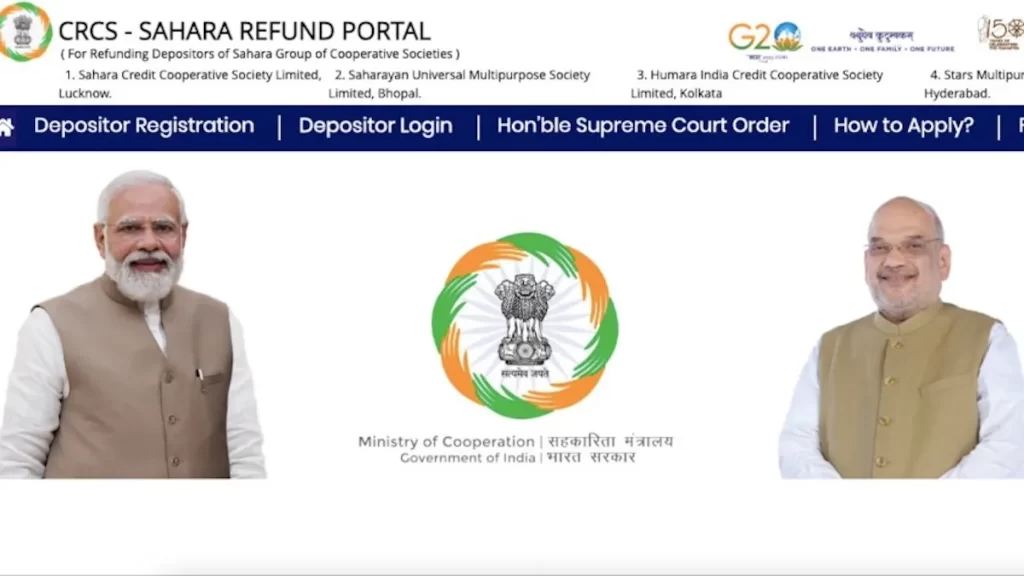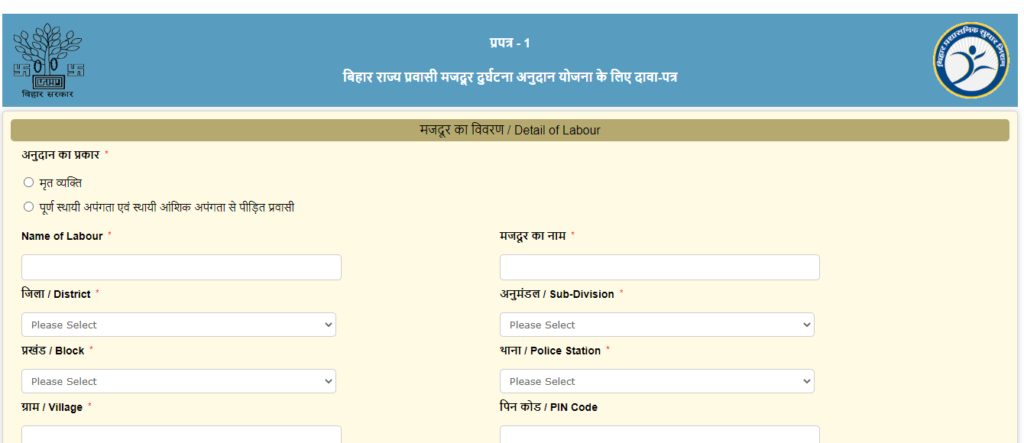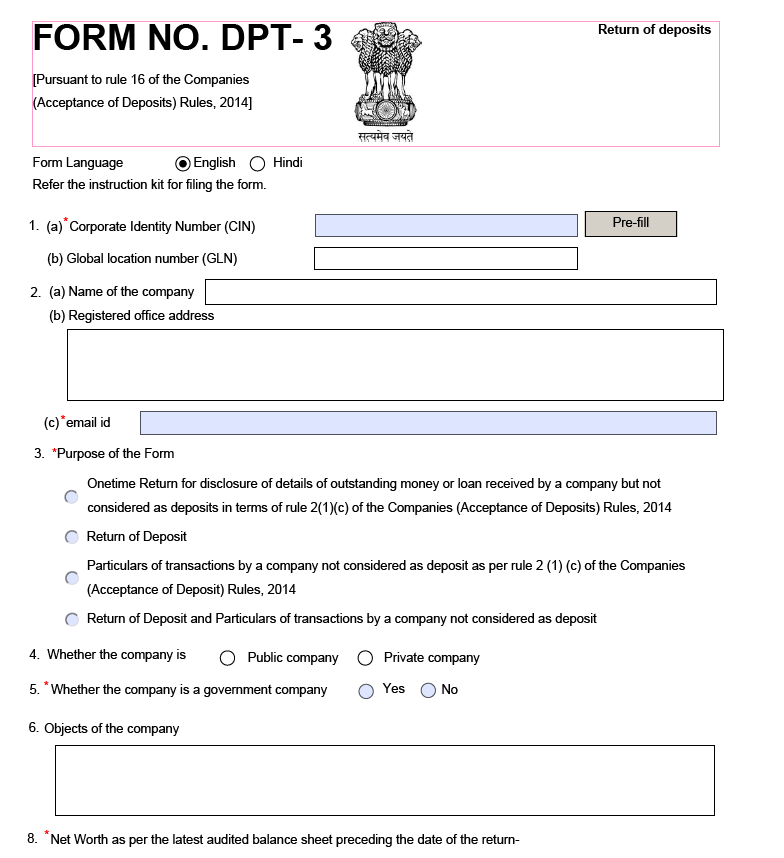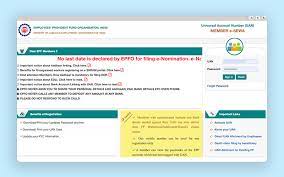Seed Certification in India
Seed certification is a systematic and legally sanctioned process that ensures the production, processing, and distribution of high-quality seeds of known genetic identity and purity. It encompasses a series of inspections, testing, and documentation to verify that seeds meet specific standards regarding genetic purity, physical purity, and seed health. Seed certification seed certification is a process designed to maintain and make available to the general public continuous supply of high quality seeds and propagating materials of notified kinds and varieties of crops, so grown and distributed to ensure the physical identity and genetic purity. Seed certification is a legally sanctioned system for quality control of seed multiplication and production. History of Seed Certification in India The field evaluation of the seed crop and its certification started with the establishment of National Seeds Corporation in 1963. A legal status was given to seed certification with the enactment of first Indian Seed Act in the year 1966 and formulation of Seed Rules in 1968. The Seed Act of 1966 provided the required impetus for the establishment of official Seed Certification Agencies by the States. Maharashtra was the first State to establish an official Seed Certification Agency during 1970 as a part of the Department of Agriculture, whereas Karnataka was the first State to establish the Seed Certification Agency as an autonomous body during 1974. At present 22 States in the country have their own Seed Certification Agencies established under the Seed Act, 1966. In India, seed certification is voluntary and labelling is compulsory. The Concept of Seed Certification Maintaining genetic purity and varietal identity: Seed certification ensures that seeds are true to their labeled variety, preserving desirable traits and preventing the spread of genetic contamination. Ensuring seed health: Seed certification involves testing for the presence of pests, diseases, and weeds, safeguarding crops from potential damage and ensuring healthy, productive plants. Facilitating fair trade: Seed certification provides a reliable system for seed quality assurance, enabling fair trade practices and consumer confidence. Different Steps of Seed Certification Foundation Seed Production: The production of foundation seed, the purest and most genetically uniform seed stock, involves strict isolation and controlled pollination practices. Registered Seed Production: Registered seed is produced from foundation seed under controlled conditions to maintain genetic purity. Certified Seed Production: Certified seed is produced from registered seed, adhering to specific field standards and maintaining varietal identity. Labeling and Distribution: Certified seeds are labeled with specific information, including variety, certification number, and production year, ensuring traceability and consumer confidence. Eligibility Criteria for Seed Certification General Specifications Should be a notified variety under Section 5 of the Indian Seed Act. Should be in the production chain and its pedigree must be identifiable. Field standards Should possess minimum field standards which include the selection of site, isolation requirements, spacing, planting ratio, border rows etc. Specific requirements Presence of off-types in seed crop, pollen-shedders in Sorghum, Bajra, Sunflower etc., Shedding tassels in maize crosses, the disease affected plants, objectionable weed plants should be within the permissible levels while applying for seed certification. Seed standards Maximum seed certification standards are required for each crop. Steps involved in Seed Certification Evaluation of the origin Step 1: The source seed verification is the first level process in the Seed Certification Programme. Unless the seed is from an approved source and designated class, the certification agency will not permit the seed field for certification, thereby ensuring the use of high quality will recommend the seed for sowing crops. Field Inspection Step 2: Field inspection is the evaluation of the crop in the field for varietal purity, isolation of seed crop to prevent out-cross, disease dissemination and also ensure crop condition about the presence of objectionable weed plants and designated diseases etc. Sample inspection Step 3: Through laboratory tests, the value of the seeds for planting will be assessed. Then the certification agency holds samples from the seeds provided under certification programme and allows them to undergo germination and other purity tests required for conforming to varietal purity. Bulk Inspection Step 4: Under certification programme provision has been made for bulk inspection. Hence, the evaluation to check homogeneity of the bulk seed produced as compared with the standard sample is carried out. Control plot testing Step 5: The samples were drawn from the source and final seed produced are allowed to grow along with the standard samples of the variety. By comparing the above two, the results can be determined whether the varietal purity and health of the seed produced are equal to the results on field inspection. Grow-out test Step 6: Evaluation of the seeds for their genuineness to species or varieties or any seed got infected is identified. Here the samples drawn from the fields are grown along with the regular checks. Growing plants are observed for varietal purity. This grow-out test helps in the elimination of the sub-standard seed lots. Grant of Certificate by Certificate Agency According to Section 9 and 10 of the Seeds Act, any person selling, keeping for sale, offering to sell, bartering or supplying any seed is eligible to have seed certification. The person can approach the certifying agency with the prescribed application form by remitting the specified fee for the grant of seed certificate. On receipt of such application, the certification agency will verify that the seed conforms to the minimum limits of germination and purity as notified under section 6 will issue the seed certificate within the specified time limit. Benefits of Seed Certification Ensures genetic purity and identity: Certified seed comes from crops meeting standards for varietal purity and freedom from mixing with other varieties. This preserves crop varieties. Maintains quality: Certification includes tests for varietal purity, physical purity, germination etc. ensuring high physiological quality of seed lots. Provides quality assurance to farmers: Farmers can trust that certified seeds are true-to-type and of acceptable standards. This gives reliability and uniformity in crop performance. Promotes use of improved varieties: Certified seed programs encourage widespread cultivation of high yielding and stress-tolerant seeded varieties. This enhances productivity. Prevent spread of diseases and weeds: Using certified seed helps curb the
Seed Certification in India Read More »









